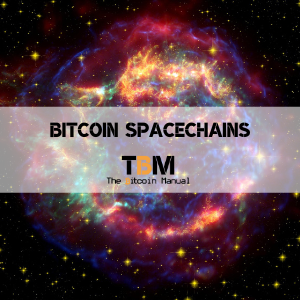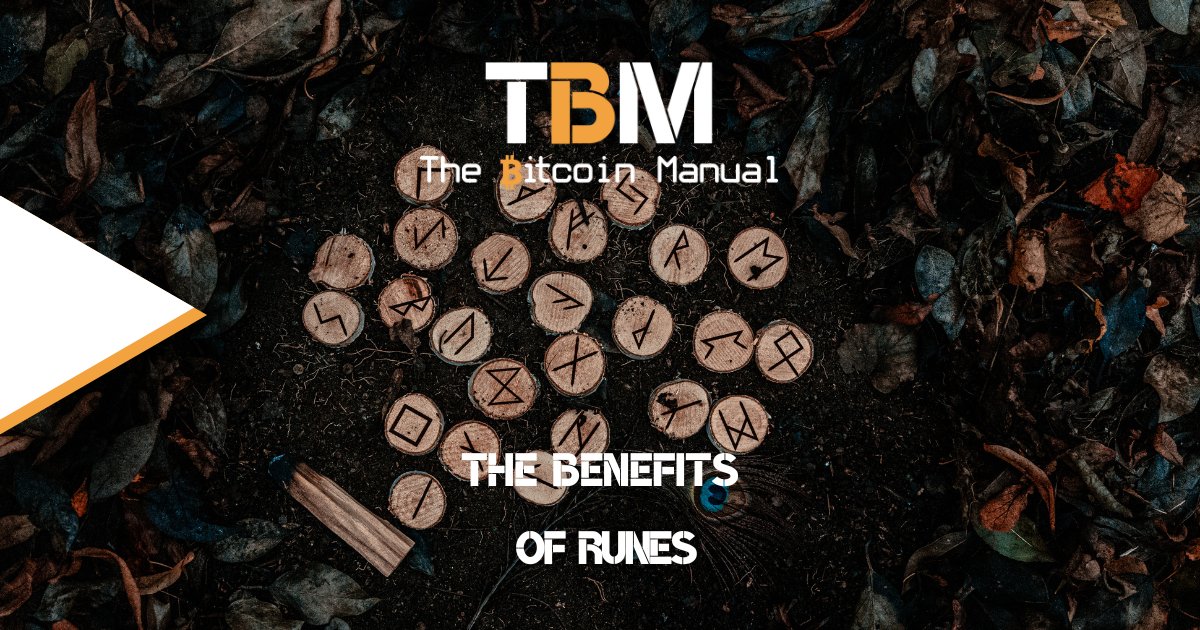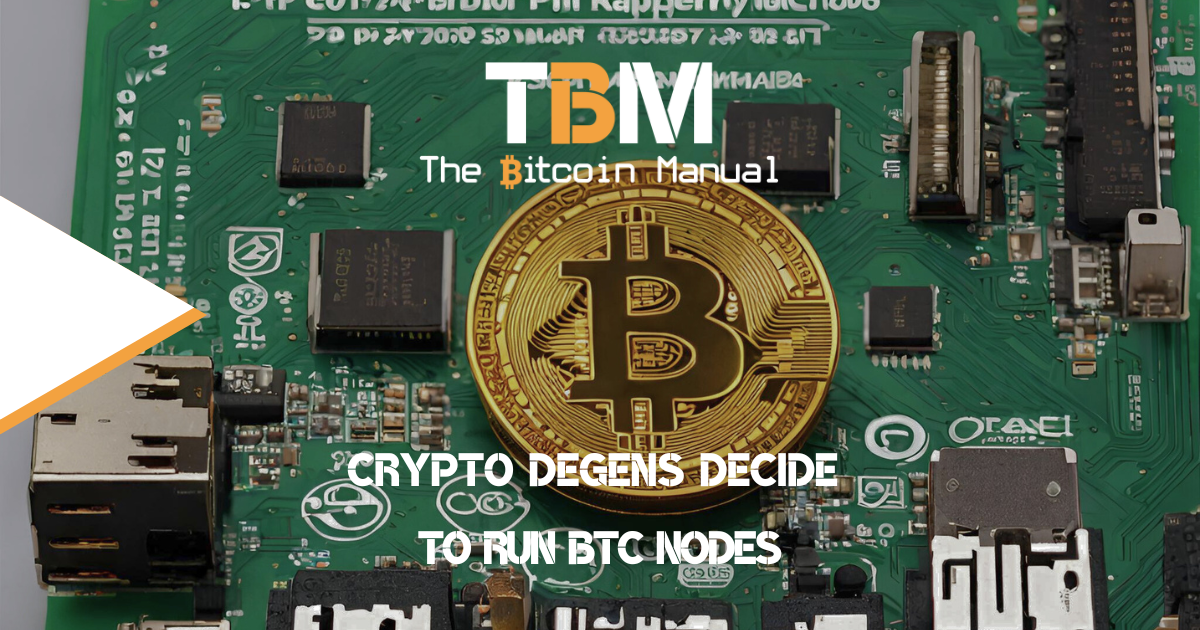SpaceChains
Home » Blockchain » SpaceChains
The bitcoin base chain is a robust settlement layer with a set of rules that are enforced by thousands of full nodes around the world. That level of protection and decentralisation are great for securing the network and providing verifiable data but it’s not exactly a place where you’re able to experiment in the wild.
Second-layer solutions like the Liquid Network and Lightning Network have expanded the ecosystem in different ways, allowing developers and businesses more freedom to experiment. The experimentation is contained within this second layer ecosystem and can always use the base layer to get back to consensus and settle any disputes.
We’ve seen that innovation is welcomed in the blockchain space, but it can be oversold and used as a basis for speculation, as is the case with the entire altcoin market. So what if there was a way to encourage innovation, but remove the distraction that is printing your own money/token? That’s what SpaceChains aims to tackle.

What are spacechains?
SpaceChains are a proposal by Ruben Samson, who looks to create a viable way to allow for new experimental chains to exist in the market but instead of focusing on token speculation, the chains are linked to Bitcoin in such a way that speculation is largely taken out of the equation.
It would then be a case of attracting bitcoin to your ecosystem, to pay for fees and this encourages chain users to create tools of value instead of trying to tweak tokenomics.
SpaceChains are an entirely new environment for developers, they can create chains with different rulesets and models but without the need for a token. Instead, the chain is tethered to bitcoin, requiring bitcoin the asset to move into the Spacechain environment and act as the store of value, where it can be used with different features in this new environment.
SpaceChains are a sidechain or can be made up of multiple sidechains all tethered to bitcoin, through the pegging of the asset as well as blind merged mining leveraging the bitcoin mining network.
How do spacechains work?
SpaceChains would be an entirely new chain and network, but without an asset, the same way Liquid and Lightning have no native asset, you need to peg in bitcoin. In Liquid, the bitcoin is pegged using a multi-sig and a federated system managing the chain; in Lightning, it’s achieved using an HTLC.
In SpaceChains, you would leverage a perpetual one-way peg (P1WP) that involves burning one bitcoin. In return for burning bitcoin, you would receive an equal amount of the SpaceChain pegged bitcoin, which preserves the 21M limit and ensures that moving back to the bitcoin-main net would be impossible. Projects have done this in the past (e.g. Counterparty), but they had their own native token and allowed burning for a limited period, after which speculation would still run rampant.
Using a SpaceChain, you would burn bitcoin that could be used on other chains anytime. Your SpaceChain bitcoin could be moved to other SpaceChains, or traders can allow for bitcoin to be swapped for bitcoin on the base chain or other L2 solutions.
Why would you want to use spacechains?
SpaceChains can offer developers of different skillsets and tech stacks the opportunity to leverage their learnings and concepts from other blockchains. SpaceChains would, in theory, allow bitcoin to absorb more features faster into one or multiple trustless chains that can be created in a permissionless way, and they essentially serve the bitcoin ecosystem.
It also benefits project creators as they don’t need to waste time bootstrapping a new network, wallet software or making a market for their asset; that’s all handled by the already established bitcoin network, making it easier to get a project off the ground.
It would then be up to the project to attract users and capital. If a new sidechain does well, more and more people will want to burn their coins to use the SpaceChain.
If it doesn’t do well and dies off, it only affects those who were brave (or foolish) enough to use the sidechain. They will have burned their BTC for what is now effectively a worthless token unless there are other SpaceChains to move into or markets for swapping SpaceChains for other forms of bitcoin.
The key here is that in either scenario, Bitcoin holders are strictly positively affected since their coins increase in value when others burn theirs. Burning bitcoin is a serious undertaking, and leaving the safety of the base chain isn’t a decision anyone would take lightly.
Therefore the tool or service on that SpaceChain needs to offer real value that someone would be willing to burn bitcoin to pay for transaction fees and use the service.
What could be done with SpaceChains?
- Creating tokens such as in-game items, vouchers or ticketing
- Decentralized DNS without an altcoin
- NFT and other smart contracts leveraging bitcoin
- Trust minimized stablecoin
- DEX, DAO, and other Decentralized Finance applications
More resources on SpaceChains
If you want to dive deeper into the concept of SpaceChains, then check out the following resources:
Share with a friend
If you thought this information was helpful why not share it on your favourite social media network and encourage others to learn more about Bitcoin
The latest news from our blog

Fair Mints: The Mexican Standoff
Altcoins have often painted themselves with a coat of decentralisation, claiming to democratise finance. It’s a “free market bro”. Anyone can create their own currency

The Benefits Of Runes
Let me make this clear: I am an ordinal disrespector. I run Knots on my node, and I am proud of that; yes, Maxi brain

Crypto Degens Decide To Run BTC Nodes
The Bitcoin world is abuzz with the upcoming halving, which, if previous cycles are to be believed, will kick off the next bull run as
